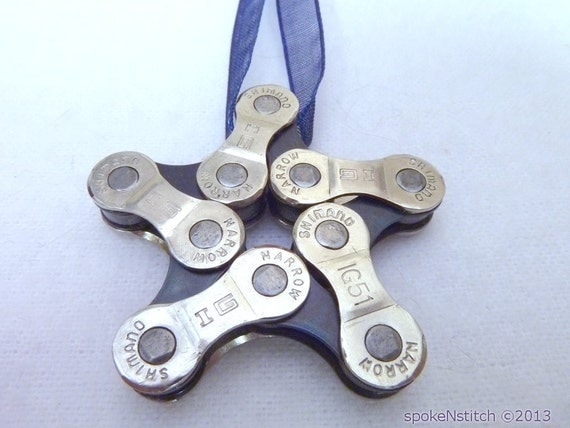As a college instructor in New York, I teach, and have taught, many students whose first language is not English. Some were and are wonderful writers and spoke the language very well, if with an accent. Others, however, couldn't read much more than a telephone directory in the language of a country and city to which they try so hard to adapt.
Perhaps the most interesting of the non-native speakers I've encountered are the ones who can make themselves understood most of the time, but express what they are trying to say in ways no native speaker ever would. As often as not, they are thinking in their native languages, which they translate literally, sometimes with the aid of electronic devices. Sometimes this results in their using words that actually exist in the English language but you would rarely, if ever, hear in conversation.
I came across such a word in, of all places, an eBay listing for "conspicuity" tape. Most of us in the English-speaking world would refer to it as "reflective" tape.
The seller is in China. Now, I am not familiar with any of that country's languages, but I am guessing that whatever character they have in Mandarin or Cantonese or Fujian for what the seller was trying to say would translate, at least literally, into "conspicuity." Now, perhaps you are more educated or literate than I am, but I feel confident that it's not a word you use very often. I can't recall ever having used it at all.
To be fair, the word "reflective" can also mean "contemplative", and the word's literal translation into the seller's native language might reflect (no pun intended) that meaning more closely. Also, to be fair,the seller did use the words "reflective," "safety" and "warning" in the listing title. I guess he or she was trying to cover all bases, as the words "tape," "film" and "sticker" are also included.
That last part also interesting (at least to me) because I know that adhesive tapes--like hadlebar wraps as well as first-aid tapes--are referred to as "rubans adhesifs"--adhesive bands--in French. On the other hand, the Velox "rim tape" you use on your Mavic rims is a "fond de jante"--rim base, or foundation.
Should I ask the seller of "conspicuity" tape whether he or she has "rim tape"?
Perhaps the most interesting of the non-native speakers I've encountered are the ones who can make themselves understood most of the time, but express what they are trying to say in ways no native speaker ever would. As often as not, they are thinking in their native languages, which they translate literally, sometimes with the aid of electronic devices. Sometimes this results in their using words that actually exist in the English language but you would rarely, if ever, hear in conversation.
I came across such a word in, of all places, an eBay listing for "conspicuity" tape. Most of us in the English-speaking world would refer to it as "reflective" tape.
| "Conspicuity" Tapes |
The seller is in China. Now, I am not familiar with any of that country's languages, but I am guessing that whatever character they have in Mandarin or Cantonese or Fujian for what the seller was trying to say would translate, at least literally, into "conspicuity." Now, perhaps you are more educated or literate than I am, but I feel confident that it's not a word you use very often. I can't recall ever having used it at all.
To be fair, the word "reflective" can also mean "contemplative", and the word's literal translation into the seller's native language might reflect (no pun intended) that meaning more closely. Also, to be fair,the seller did use the words "reflective," "safety" and "warning" in the listing title. I guess he or she was trying to cover all bases, as the words "tape," "film" and "sticker" are also included.
That last part also interesting (at least to me) because I know that adhesive tapes--like hadlebar wraps as well as first-aid tapes--are referred to as "rubans adhesifs"--adhesive bands--in French. On the other hand, the Velox "rim tape" you use on your Mavic rims is a "fond de jante"--rim base, or foundation.
Should I ask the seller of "conspicuity" tape whether he or she has "rim tape"?






















